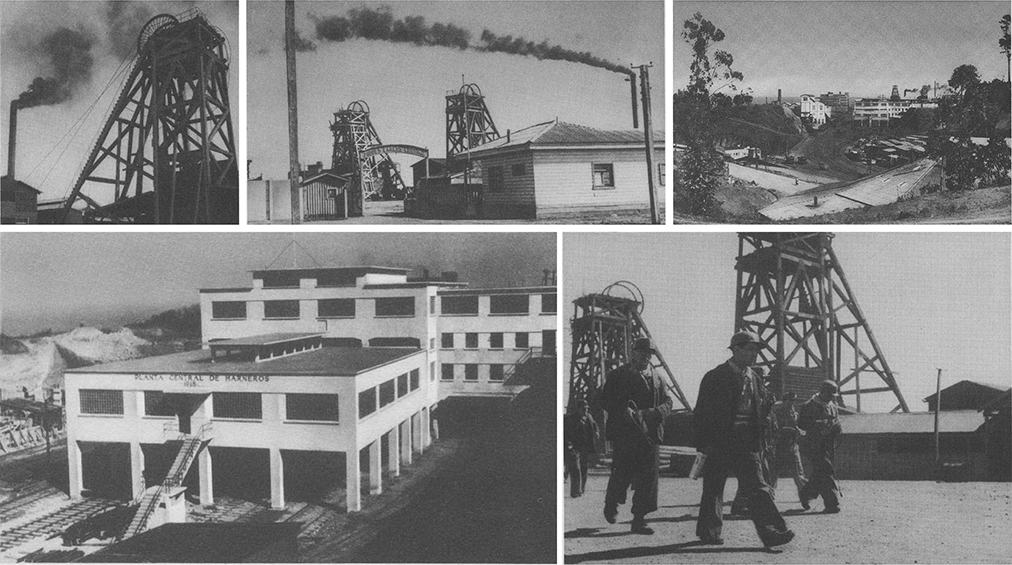The Footprint of Coal. Decline and reconversion of post-industrial landscapes, the case of Lota.
Main Article Content
Abstract
The post-industrial landscapes left by the industries of the 19th and 20th centuries in Chile are material and symbolic vestiges of the country's economic and social development boom, resulting from territorial, social, and cultural transformation processes. In these landscapes, anthropic marks on the territory are perceived, acquiring cultural landscape values as they have been fundamental in the construction of local identity.
The Gulf of Arauco area emerged as the primary center for coal mining development, leading to the growth of cities that built their identities around mining culture. With the closure of industries in the 20th century, these cities became a cemetery of ruins. Lota, once the heart of the industry, fell into abandonment and now stands as a prominent national example of a degraded post-industrial landscape and the loss of memory associated with industrial history.
This article examines the largest post-industrial site in Lota: the Chambeque sector. To achieve this, a landscape analysis methodology was employed, including mapping, historical literature review, and photographic documentation, which enabled the analysis of values embedded in post-industrial landscapes, aiming to preserve the heritage and memory of the city. It also opened the debate on addressing and recognizing the significance of these landscapes in the current national context. On that basis, the prospect of intervention is presented through an architectural, landscaping project, based on strategies that allow for the conservation and valuing of a post-industrial place, aiming at objectives such as the conservation of ruins, environmental remediation, and reincorporation of the zone into the urban dynamic.
Downloads
Article Details

This work is licensed under a Creative Commons Attribution-NonCommercial-NoDerivatives 4.0 International License.

